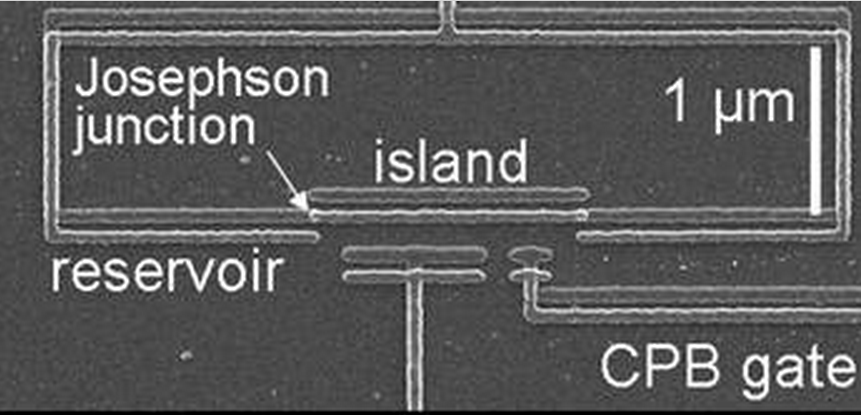NSA seeks to develop quantum computer to crack nearly every kind of encryption
January 3, 2014
Is this device above — part of a quantum-computing research project at the Laboratory for Physical Sciences in Maryland — the core of a future NSA quantum computer for cracking nearly every kind of encryption used to protect banking, medical, business and government records around the world?
According to documents provided by former NSA contractor Edward Snowden, the effort to build “a cryptologically useful quantum computer” is part of a $79.7 million research program titled “Penetrating Hard Targets,” The Washington Post revealed Thursday.
Much of the work is hosted under classified contracts at this laboratory, the newspaper says. On its website, the lab mentions its work on quantum mechanical effects in superconducting circuits at a temperature of about 10 mK (barely above absolute zero), using a superconducting charge qubit or Cooper-pair box.
According to the Post, the NSA is expected to be able to have some building blocks by the end of September, which it described in a document as “dynamical decoupling and complete quantum control on two semiconductor qubits.”
Another project, called “Owning the Net,” aims at quantum-based attacks on encryptions, the Post says.
“The application of quantum technologies to encryption algorithms threatens to dramatically impact the US government’s ability to both protect its communications and eavesdrop on the communications of foreign governments,” the Post said, based on an internal document provided by Snowden.
